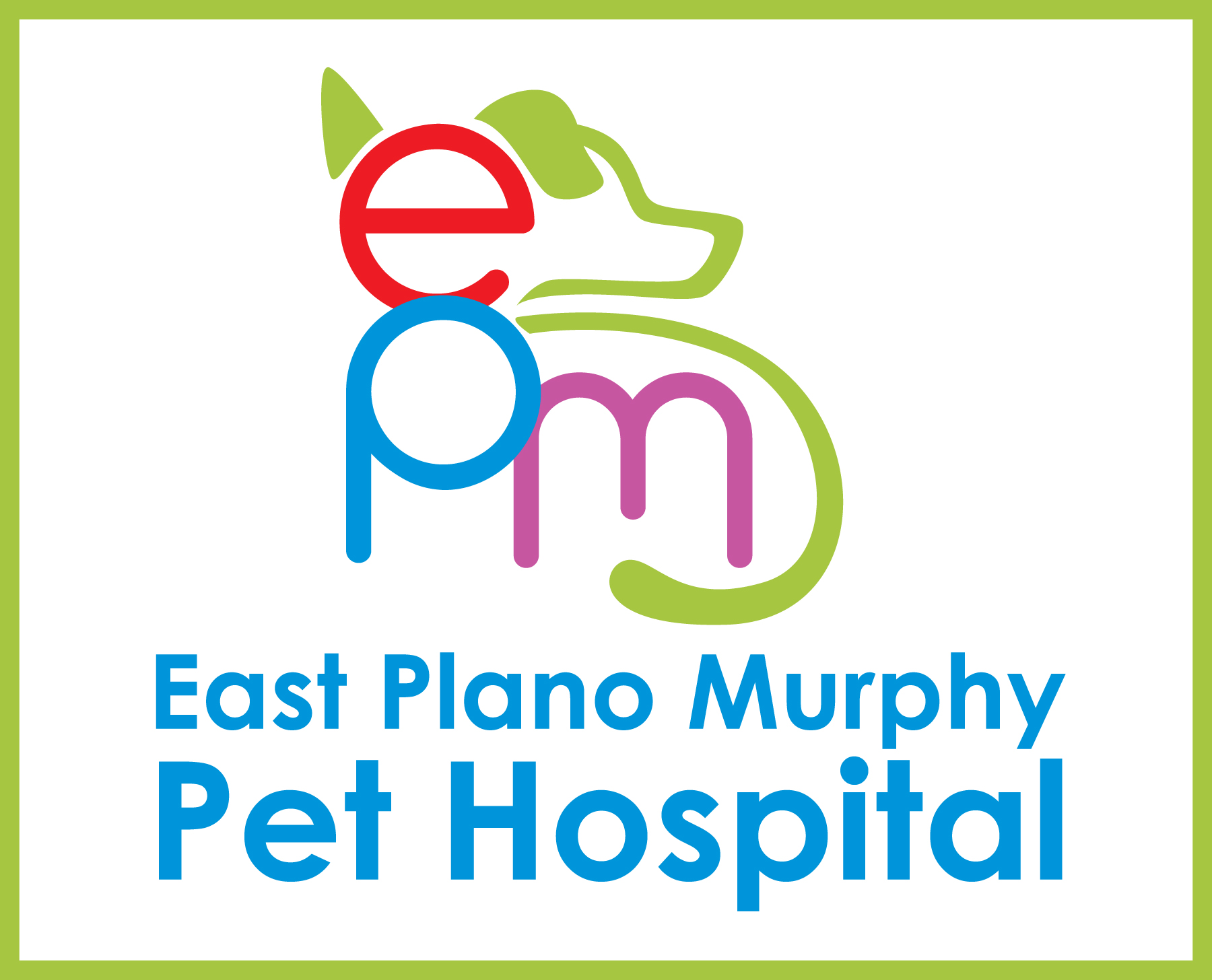To our dear interns,
Instead of calling the office, please contact me directly by texting my cell phone at 469-450-2833. Let me know if your parents also want to contact me directly. Forwarding this message to them might help move things along.
I will be one of your mentors which includes other doctors and the Veterinary Support staff . We have helped get seven of our interns and staff admitted to the vet schools at Texas A&M and Oklahoma State in recent years. You’re in the right place if you’re committed and will work hard.
We also hire interns instead of strangers, especially for summer jobs. Although there is no guarantee for anyone, we do prefer to hire from within. Four students out of nine were hired from the class of 2020 (PESH and Wylie) and from our UTD program. Others were recommended for hire to local vets.
It is the four year relationship that you can develop with staff that is most valuable. The mistake that many veterinary school applicants make is approaching us on their junior or senior year of college and expecting us to vouch for them. Starting out early and proving yourself consistently year after year is the key to success. Even if focus changes from veterinary school, we can still help guide you through admissions for advance studies or choosing a career towards financial independence.
The program will be a combination of online and in person training. Initially, actual time in the hospital will be limited. When virus cases subside and a vaccine comes out, we should have more hands on time. When the weather cools down, activities in the back yard will also increase where it’s safer out in the open. Historically, interns aimed for 300 hours of hands on training per year. Although that is impossible at the moment, we aim to retain the quality curriculum we have used for the last 20 years though these challenging times.
Call or text me now at 469-450-2833 to sign up and get a head start towards your future Veterinary Career.
You will have a complete training revolving around all the veterinary departments including:
- Exam rooms
- Vaccinations and preventive care
- Treatment area
- Emergency and critical care
- Dentistry
- Receptionist
- Business systems
- Supervision & management
- Kennels and boarding
- Grooming
- Surgery
- Radiology or X-rays
- Ultrasound
- Laser therapy
And among many other skills; maybe most importantly; you will learn professionalism with not only pets, but with people – the staff and the clients – which, because of people’s love and focus for animals, is sometimes the last thing on their minds. But there is no way around it. We need to work closely together for the sake of our patients.
Also, for students with prior vet tech training or if applicable, please review your CVT, TVMA, PISD, DISD syllabus because we follow their guidelines to match our system.
Welcome to the program. Please let me know if you want to sign up and we will get your paperwork started then give you a tour of our teaching hospital.
Sincerely,
H. Carbonell DVM
EastPlanoVet.com
469-450-2833
